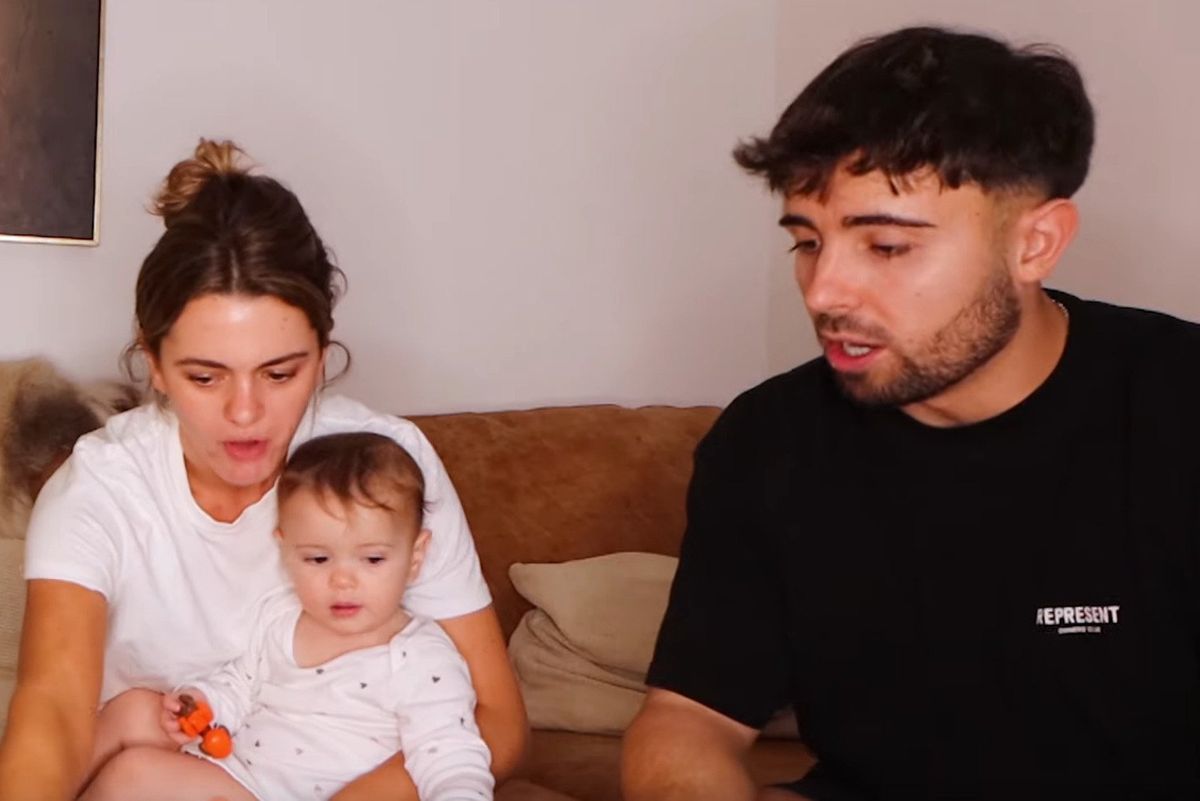
Economist Melissa Kearney has studied poverty, inequality and family structure for more than 20 years and come to the conclusion that America's drift away from the two-parent norm has "contributed to the economic insecurity of American families, has widened the gap in opportunities and outcomes for children from different backgrounds, and today poses economic and social challenges that we cannot afford to ignore."
She is hardly alone among her social science peers in reaching this conclusion. As she relates in her new book, The Two-Parent Privilege: How Americans Stopped Getting Married and Started Falling Behind, these insights are more or less commonplace among those who study the matter. The facts aren't in serious dispute — the wisdom of saying it out loud is another matter. Wary of seeming preachy — or worse, conservative — most social scientists recoil from talking about family structure when considering the matter of poverty and child outcomes.
Unsurprisingly, her book has been greeted skeptically by progressives and enthusiastically by conservatives. Progressives were quick to label Kearney a "scold" and to object that they were being "lectured" to get married.
As I documented in my own book, Sex Matters, marriage has been in decline at least in part because it was sabotaged. Feminists argued that marriage was essentially a male conspiracy to keep women unfulfilled, submissive, and servile. Radical feminists scorned married women for "sleeping with the enemy."
Their arguments carried the day, or at least contributed to what came next. Marriage rates, especially for the poor and working class, cratered.
The consequences for children were stark. In 1980, 77 percent of American children lived with their married parents. By 2019, only 63 percent did. Among the college-educated, 84 percent of children still live with married parents, which is a solid majority, if down a bit from 90 percent in 1980. But among those with a high school degree or some college, only 60 percent of children are living with married parents (down from 83 percent). So today when you enter a hospital nursery, 4 out of 10 babies will be children of single moms. As significant as the class divide is, the racial divide is wider. In 1960, 67% of Black children lived with their married parents. In 2019, only 38 percent did.
As Kearney carefully documents, children in mother-only homes are five times more likely to live in poverty than children with two parents. Poverty is not conducive to thriving, but even for kids who are not poor, those who grow up with only one parent fare worse than others on everything from school to work to trouble with the law. Boys raised without fathers and/or without good adult male influences in their lives are less likely to attend college, be employed as adults or remain drug-free.
It's unfair to suggest, as many of Kearney's critics have, that she is a scold. She's not chastising single mothers. Her book overflows with sympathy for the difficulties of raising kids alone. If she's scolding anyone it's the educated class that has imposed omerta on the subject of family structure. Nor is she unaware that some marriages cannot be saved and that many kids raised by single parents turn out fine.
Progressives tend to respond to the family gap with calls for more government support for single-parent families. Kearney is fine with that, and advocates it herself. But her book is realistic about the limits of financial resources to address this problem. Two parents provide more to kids than money. She notes that a "child born in a two-parent household with a family income of $50,000 has, on average, better outcomes than a child born in a single-parent household with the same income."
One reason is that two parents share the stress of parenting — the sleep deprivation, the appointments, the scheduling conflicts, the missed work, the terrible twos — the lot. When there are two parents to share the load, both have more "emotional bandwidth" to meet their children's needs and more opportunity to take care of themselves. In true economist style, Kearney notes that having two adults permits for "task specialization."
Frankly, the case that two are better than one when it comes to raising children is open and shut.
But the critics do raise a point that Kearney cannot answer — and neither can I. It's the problem posed by The Washington Post's Christine Emba, among others, who agrees that two-parent families are best and that marriage is the gold standard, but "plausible marriage partners for heterosexual women are thin on the ground."
There may not be a solution for all of today's single women who are hoping for marriage. Pew estimates that one in four unmarried adults (as of 2012) would likely never marry. But for the kids who are growing up now, Kearney does have ideas. These include increasing the Earned Income Tax Credit and other programs that will enhance the economic position of low-income men, scaling up the efforts of groups like Big Brothers/Big Sisters and Becoming a Man, promoting and supporting co-parenting among non-married couples, and above all, reviving the norm that marriage is best for kids.
As a bonus, it's also good for grown-ups.
Mona Charen is policy editor of The Bulwark and host of the "Beg to Differ" podcast. Her new book, Hard Right: The GOP's Drift Toward Extremism, is available now.
Reprinted with permission from Creators.








